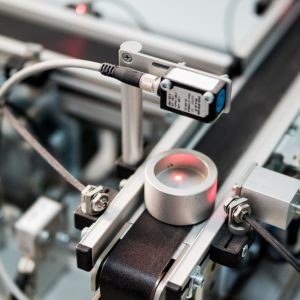All work on developing an AIX personality for IBM’s Workplace microkernel has been halted, an IBM spokesman acknowledged this week. Since today’s monolithic AIX works perfectly well on PowerPC, we decided that our resources could be better used elsewhere he said. The move leaves OS/2 as the only desktop personality still being developed. As such, the original dreams – of being able to run multiple operating systems on the same desktop machine, and to share common code between operating systems – is in tatters. Work continues on a microkernel-based OS/400, but this is purely for mid-range servers. Last May Donna Van Fleet, IBM division director of RISC System Software, said she had formed a small team of fewer than 10 people, to study how AIX could be transferred to the microkernel. She warned that timescales for the move were still jello, but was adamant that it was a question of ‘when’, not ‘if’. Now, however, it appears to be a question of never, with the work halted. IBM’s original plan for its operating systems defined an elegant architecture within which a variety of operating system personalities sat atop a common Workplace Microkernel. Among the predicted benefits was the ability to run AIX, OS/2 and other applications side-by-side. Moreover all the personalities would be able to share a common set of personality-neutral services such as file systems, networking and perhaps even shared multimedia engines. Personality-neutral services also provided IBM with a neat way of incorporating Taligent technology into its offerings. The effort to build an AIX personality has been killed for a number of reasons, not the least being that it offers few, if any, benefits to the AIX end user. On top of this there were severe technical difficulties: AIX has Big-Endian bit and byte ordering, while OS/2 and the microkernel are Little-Endian. Consequently it was recognised that running OS/2 and AIX concurrently would require a ruinous processing overhead, though last year Ms Van Fleet claimed that some of IBM’s best research minds were working on the problem. By jettisoning the microkernel strategy, it could be argued that the AIX business will find it harder to exploit new object-based technologies, but last year Ms Van Fleet said she certainly intended to integrate bits of Taligent, irrespective of the microkernel. If AIX is more or less unscathed by the move, the Workplace microkernel strategy itself is beginning to look very rocky. Another of the original claims for Workplace was that operating systems such as OS/2 would enjoy a degree of processor independence – OS/2 for PowerPC and OS/2 for iAPX-86 would be able to share a common code-base, with the microkernel acting as a kind of hardware abstraction layer.
Baroque personality
The trouble is there are few, if any, signs that an iAPX-86-based OS/2 Workplace will ever be developed – and for the same reasons that a microkernelled AIX failed to raise enthusiasm. Monolithic OS/2 on iAPX-86 works, and everyone that we have spoken to takes it as read that a microkernel-based version would probably be bigger, or slower, or both. In addition, we have the horrible feeling that OS/2 on iAPX86 will manage to integrate Taligent technologies just fine thank you, despite the lack of a microkernel and a baroque personality-based architecture. If there are no other personalities available, you can almost hear the IBMers asking themselves why they didn’t just do a straight implementation of Warp in the first place, and get OS/2 for PowerPC launched sometime last year. Which leaves the AS/400 guys as the one division with a clear reason for following the Workplace route – they want OS/400 and OS/2 running on the same processor, eventually. Nonetheless, this is not the way it was intended to be. – Chris Rose(C) PowerPC News – add@power.globalnews.com
/






